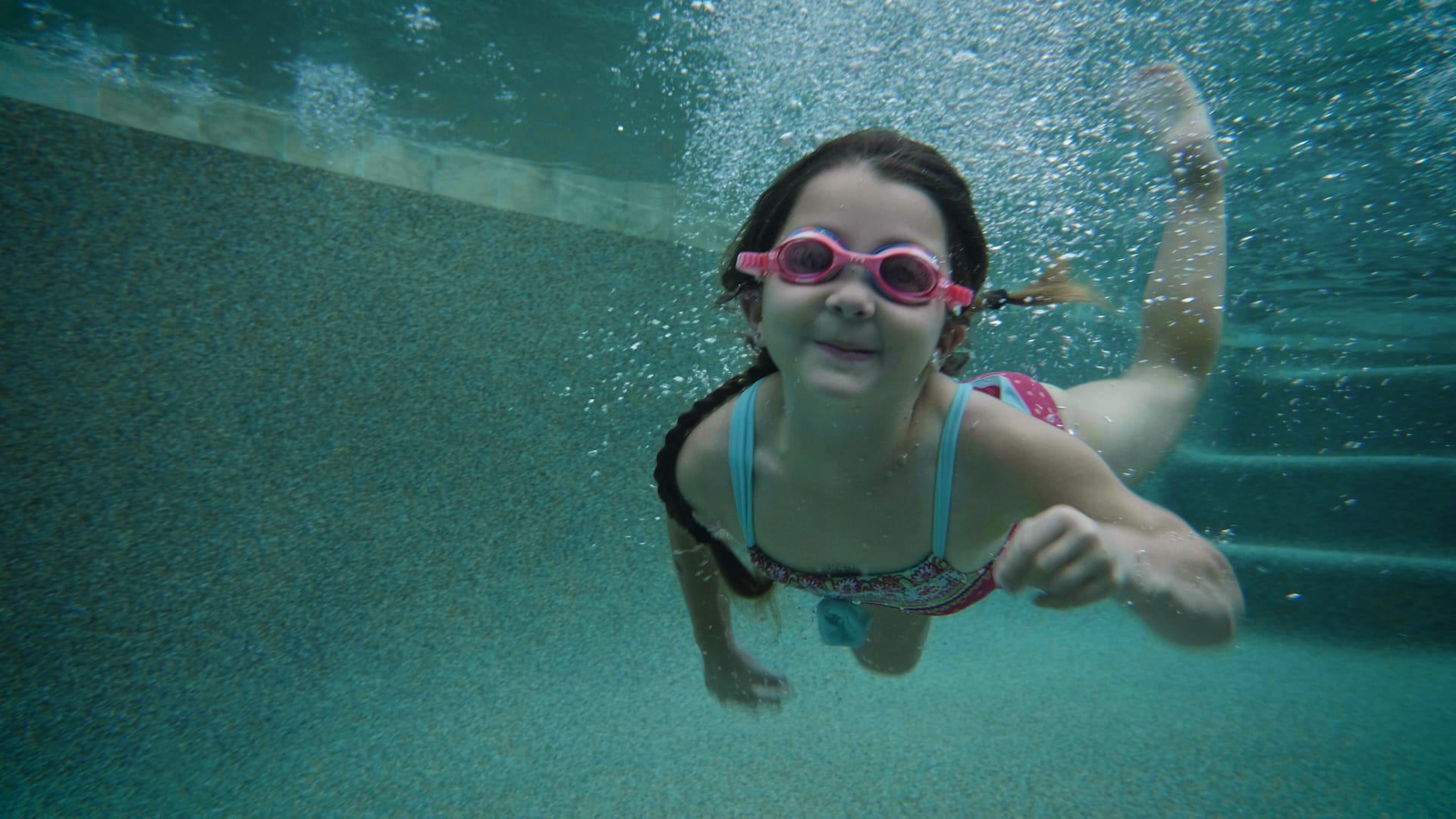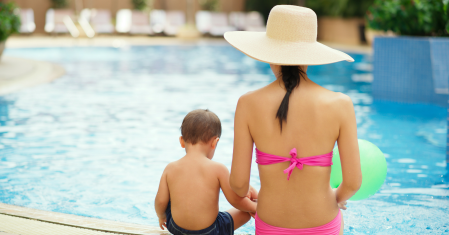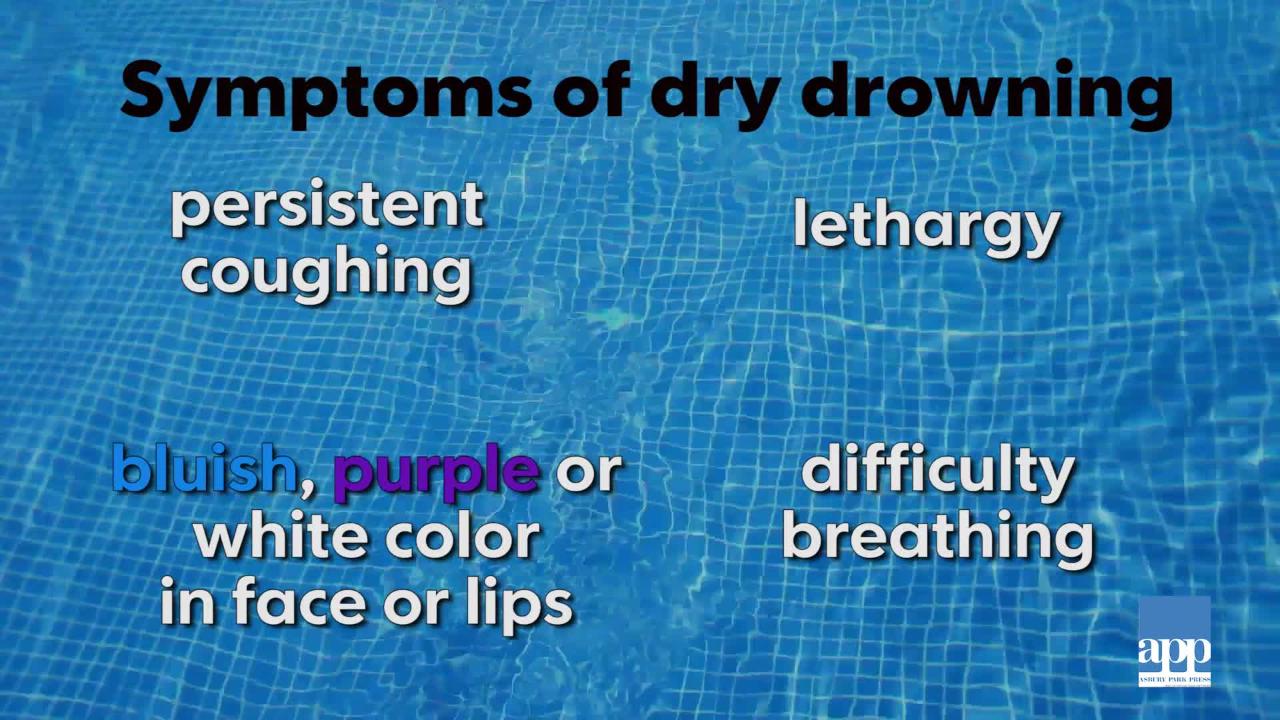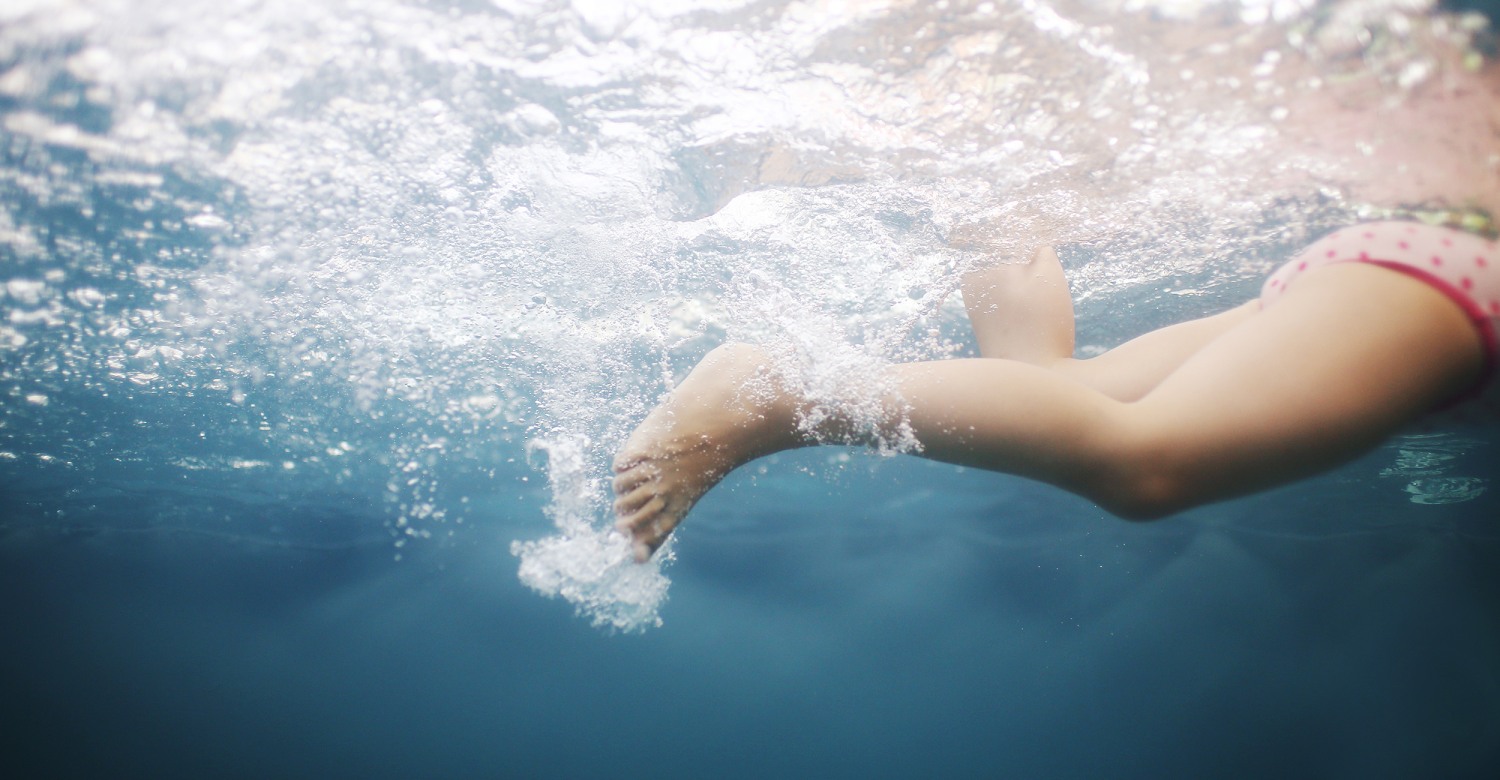Marvelous Info About How To Prevent Dry Drowning

By coughing a little, we usually manage to expel the water.
How to prevent dry drowning. This could go a long way to. Practicing water safety procedures to limit drowning risks and seeking immediate medical help if a drowning occurs minimizes the risks of drowning or dry drowning. How to prevent dry drowning teach your kids how to swim or enroll them in swim lessons.
Have them fitted for a life jacket. Avoid dry drowning in your pets with the following precautions: The dry drownings can thus rather intervene following an avoided drowning, to which nobody paid attention.
Avoid dry drowning in your pets with the following precautions: But is inhaled through the air passages causing the vocal cords to go into a spasm. Designate a responsible adult to.
Closely monitor your pet around water at all times, even if they're a good swimmer. Finally, taking a cpr class. One way to prevent drowning is by teaching children how to swim.
Additionally, you should teach children to blow water out. Callahan recommends that parents learn cpr, encourage their children to wear life vests and only swim. The most important thing you can do is help prevent drowning in the first place.
Dry drowning symptoms typically involve laryngospasm, a reflex contraction of the vocal cords that prevents water from entering the lungs but can also prevent adequate air. They can be introduced to water at six months old, and lessons can start at age one. Have them fitted for a life.
Drowning prevention build fences that fully enclose pools. Dry drowning is when water does not quite reach the lungs. Only allow swimming in areas that have.
The steps needed to prevent dry drowning reflect those needed to prevent any form of drowning. The best way to prevent secondary drowning is to simply be aware and pay attention. Have them fitted for a life jacket to wear.
Closely monitor your pet around water at all times, even if they're a good swimmer. Here are some steps you can take: Closely monitor your pet around water at all times, even if they're a good swimmer.
Any child playing in water should have a set of eyes (you, another caregiver, a trained lifeguard) watching them at all. Always watch closely when your child is in or around water. How to avoid ‘dry drowning’ and other swimming dangers water quality hazards.










/kids-splashing-in-pool-6c7caf70183041af93c9a433b2e0f150.jpg)







